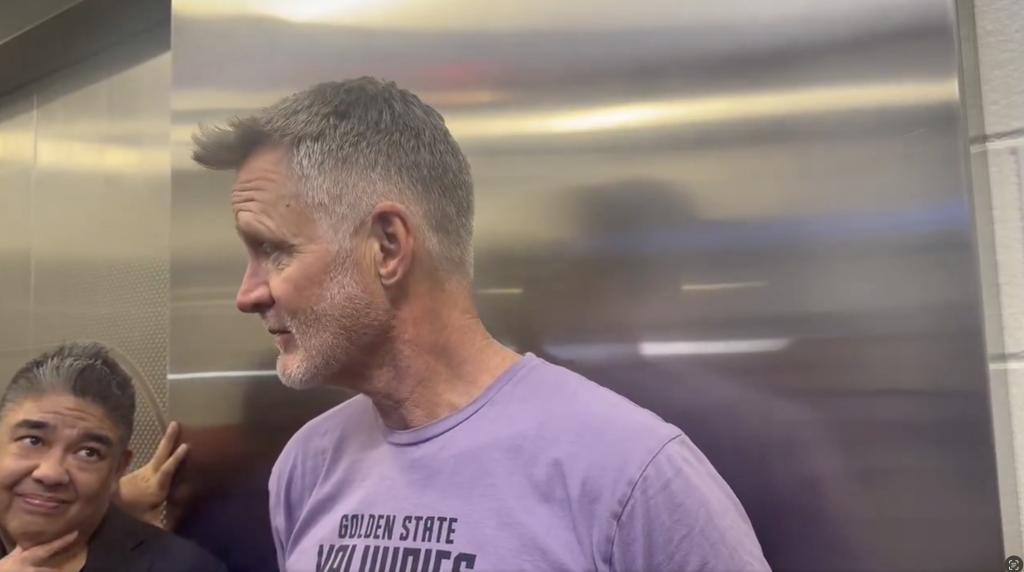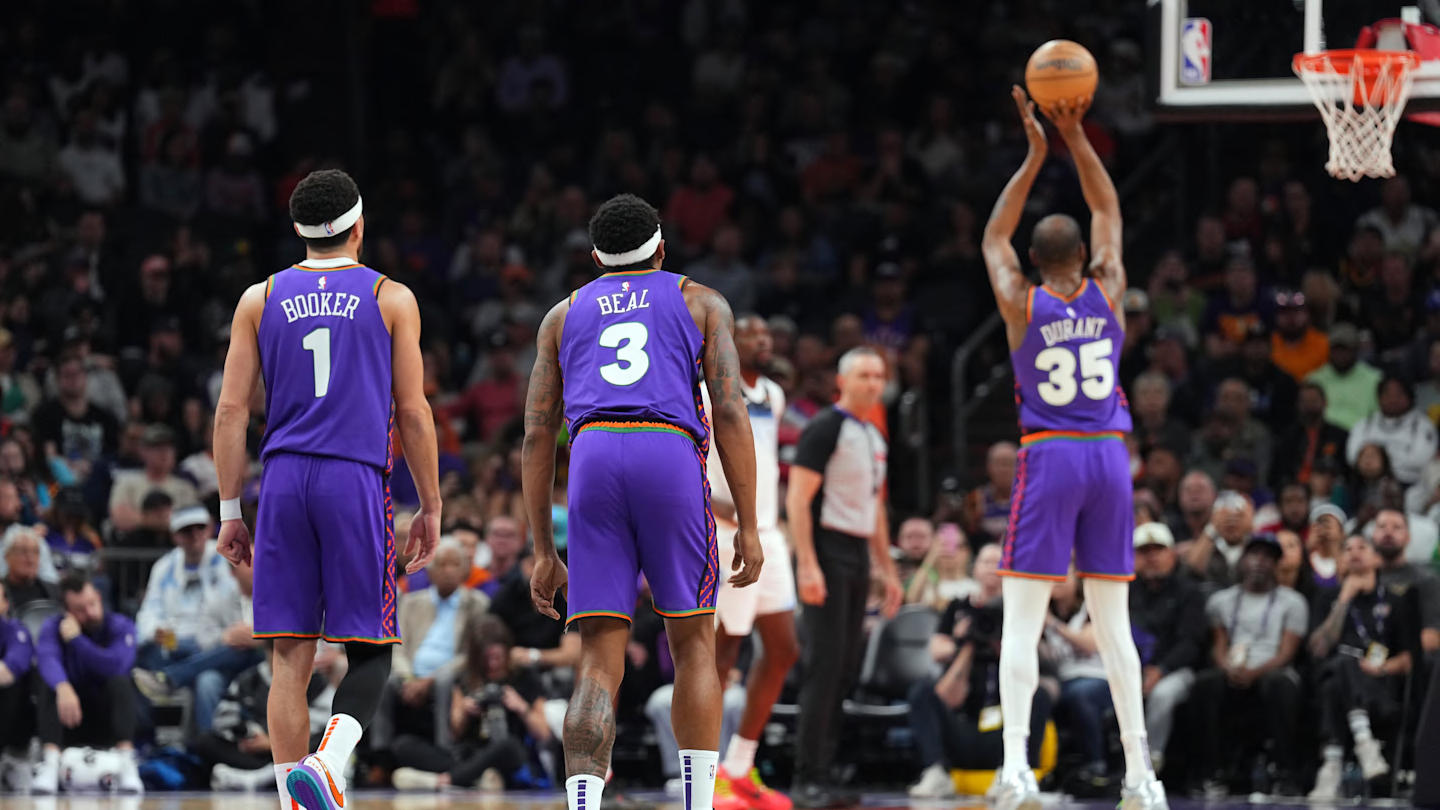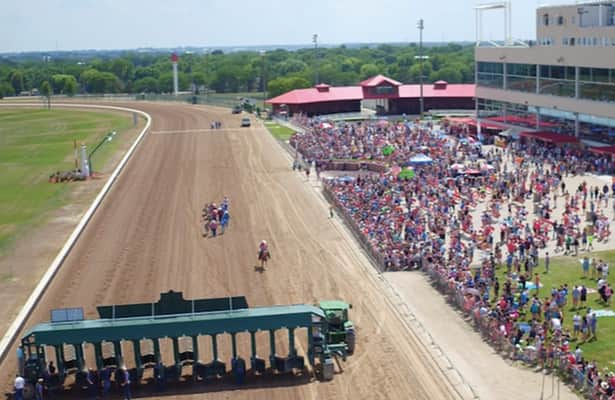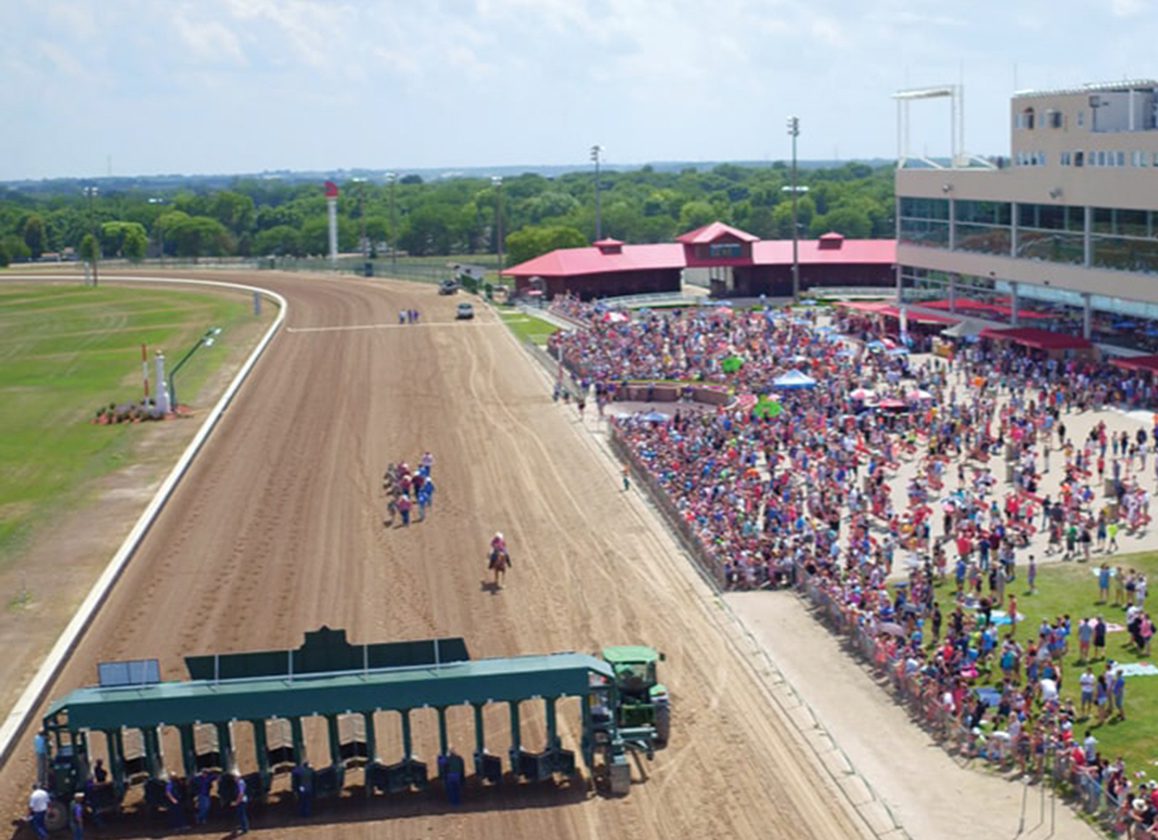Why The Entire NBA Should Monitor Julius Randle’s Extension Talks

NEW YORK, NEW YORK – JANUARY 23: Julius Randle #30 of the New York Knicks reacts after a dunk during … [+]
On Saturday, Julius Randle became eligible to sign a four-year extension with the New York Knicks worth up to $181.5 million. Teams around the NBA should be paying close attention to how those talks play out, particularly after Knicks point guard Jalen Brunson signed a well-below-maximum extension earlier this offseason.
If Randle follows in Brunson’s footsteps and takes a discount to stay with the Knicks, they could become a model of how to build around multiple stars under the NBA’s new collective bargaining agreement. But if he bypasses an extension with the intention of testing free agency in 2025, he’ll become one of the biggest test cases of the new CBA.
Randle has earned three All-Star and two All-NBA nods over the past four seasons while averaging 23.3 points, 9.9 rebounds and 5.0 assists per game. Much like New Orleans Pelicans forward Brandon Ingram, teams likely wouldn’t have thought twice about giving him a full max contract under previous CBAs. However, the new CBA contains harsh restrictions for the NBA’s most expensive rosters, which caused most teams around the league to rein in their spending this offseason.
The Los Angeles Clippers were the most glaring example of this new paradigm. After getting Kawhi Leonard to sign a three-year, $149.7 million extension that was roughly $10 million less than his max, they balked at offering Paul George more than that, according to multiple reports. Unlike Brunson, George refused to take that discount. He instead signed a four-year, $211.6 million max deal with the Philadelphia 76ers in free agency.
In their statement explaining why they weren’t ponying up for George, the Clippers repeatedly cited the “constraints of the new CBA.” They said they spent months negotiating with George and his representation “on a contract that would make sense for both sides,” but they “were left far apart.”
That caused one Western Conference executive to ask ESPN’s Bobby Marks and Tim Bontemps about Randle: “Is he Jalen Brunson or Paul George?”
According to ESPN’s Adrian Wojnarowski, the new CBA’s restrictions factored into Brunson’s decision to bypass free agency in 2025 and sign a four-year, $156.5 million extension in August. He could have been eligible for a five-year deal worth as much as $269.1 million in free agency, but he studied “championship organizations and franchise stars” to get “a blueprint for MVP-level players who structured contracts to give their teams the best chances at sustainable title runs,” Wojnarowski wrote.
The Knicks are nearly $3.2 million above the first apron at the moment, which means they can’t take back more than salary in a trade, can’t use the non-taxpayer mid-level exception and can’t acquire a player via sign-and-trade. They’re $7.6 million below the second apron, though, which means they are allowed to aggregate contracts in trades. With their roster largely set, the second apron shouldn’t be a concern this year.
It would be next season if Randle declines his $30.9 million player option for the 2025-26 campaign in pursuit of a max contract, though. According to Fred Katz of The Athletic, signing Randle to a max extension would put the Knicks within $13 million of the second apron in 2025-26 with only 10 players under contract.
One workaround, which Katz proposed, would be to have Randle pick up his player option and give him a three-year extension off that. The Knicks would be $9.5 million below the first apron and $21.5 million below the second apron next summer, so they’d still have plenty of flexibility to reshape their roster as needed. That wouldn’t give them much of a break beyond 2025-26, though.
If Randle takes a well-below-max extension like Brunson—$10 million or more less than his max per year—that might enable the Knicks to build around all four of him, Brunson, OG Anunoby and Mikal Bridges moving forward. The “Villanova Knicks” could be a model of how to construct superteams under the new CBA.
Granted, getting players to take less than their max is a tough sell. As George proved this offseason, not every player will go along with it. Kentavious Caldwell-Pope also left the Denver Nuggets, with whom he won a championship in 2022-23, to sign a three-year, $66 million contract with the up-and-coming Orlando Magic. Teams can’t always bank on players giving up money.
Then again, teams could point to the Knicks—particularly if Randle takes a discount on an extension as well—to show the benefits of those below-max deals. The Knicks could have more flexibility than teams with three or four huge contracts on their books typically do. That would give them the ability to pivot if needed, whereas teams above the second apron will be far more restricted.
If Randle does test free agency, there’s no guarantee that he’ll be able to find the deal that he wants from any other team. Only a handful of teams project to have anywhere near max cap space next summer, although that’s very much subject to change over the next year.
Still, both Randle and Ingram will serve as fascinating test cases next summer, assuming they don’t sign extensions before then. How far teams will teams go to pry them away from their current squads? Are they max or near-max players under the new CBA? Or are those contracts being doled out less frequently now?
The answer to those questions could have leaguewide ramifications.
Unless otherwise noted, all stats via NBA.com, PBPStats, Cleaning the Glass or Basketball Reference. All salary information via Spotrac and salary-cap information via RealGM. All odds via FanDuel Sportsbook.
Related
LeBron James 1 point away from 50,000 career points, becoming…
LeBron James is now one point away from a historical milestone that will likely never be matched in NBA history.James is on the verge of 50,000 career points �
Steve Kerr gives cold response to reporter’s NBA Finals question:…
On Saturday, the Golden State Warriors saw their five-game losing streak come to an end at the hands of the Philadelphia 76ers. So understandably, Warrior
Lakers Offer New Playoff Threat to OKC Thunder
From the get-go, the Oklahoma City Thunder have asserted their dominance over the Western Conference, and really the NBA as a whole.They’ve been one of a few
Kevin Durant Rips Suns After Blowout Loss to Timberwolves: ‘We…
To say that Kevin Durant was displeased with the Phoenix Suns' performance against the Minnesota Timberwolves on Sunday would be a massive understatement. Playi











